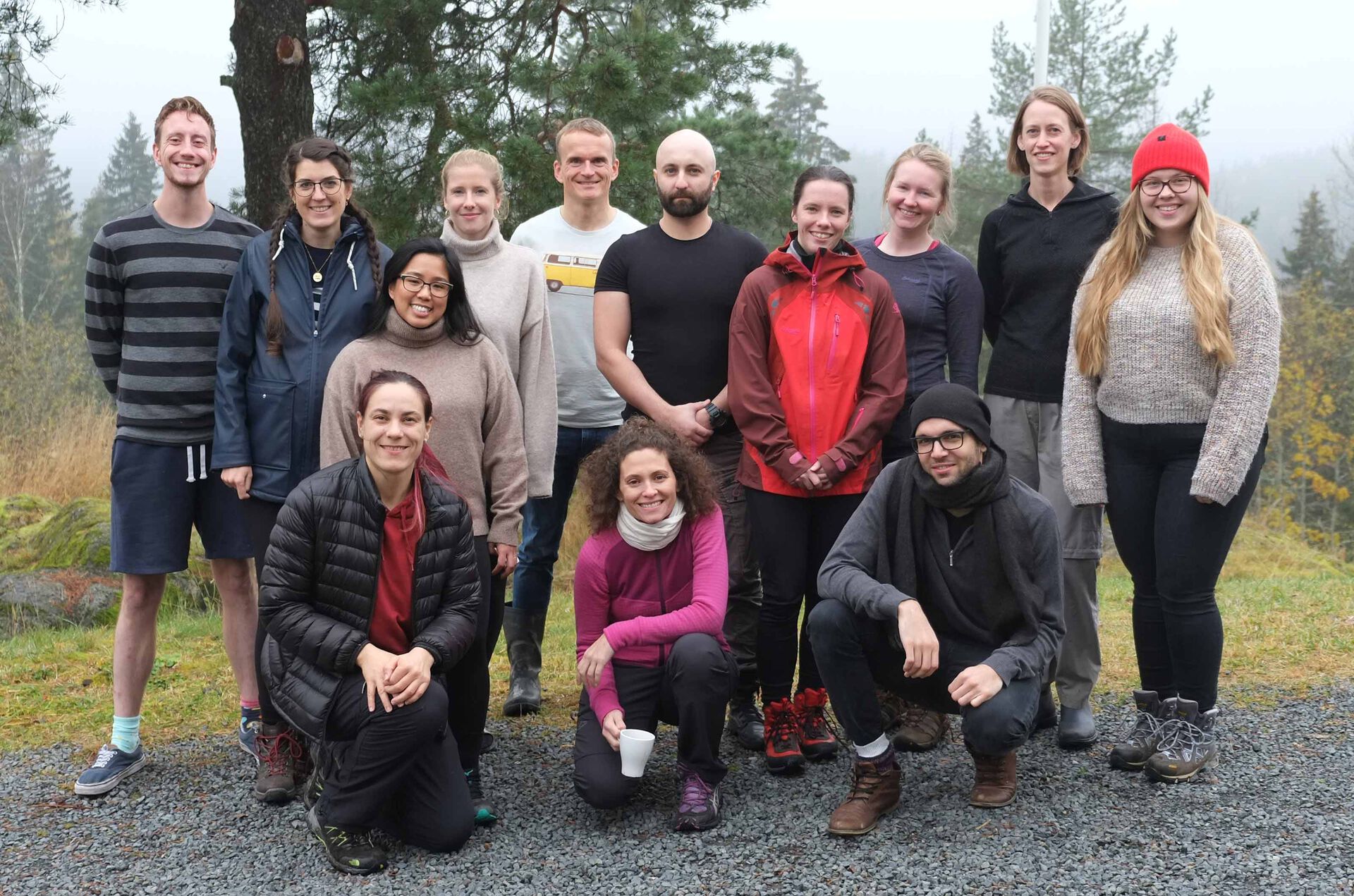Goal
The goal of this project is to understand how autophagy termination is regulated and how this affects the organism. In sharp contrast to our in-depth knowledge of autophagy initiation, our understanding of autophagy termination is scarce, as nutrient repletion or other means of shutting off autophagy have rarely been included in experimental settings. We are using starvation and refeeding of Drosophila larva combined with genetic tools to identify transcriptional networks and signaling pathways that regulate autophagy termination in vivo. In addition, we use insect cell culture to study manipulate gene expression and monitor autophagy in vitro.
Project plan
This master student project will specifically address the role of a group of genes in the regulation of how autophagy is turned off. These genes have been identified by initial screening in our fly model. The student will perform fly crosses, culture insect cells, analyze and image cells and larvae using microscopy, isolate DNA/RNA from these and perform sequencing and qPCR experiments to characterize, quantify and understand the mechanisms at play.
What we offer the student
Experience with handling and crossing of fruit flies as well as genetic techniques
Experience with confocal and high-content microscopy
Experience in molecular biology and biochemistry methods: Western blotting, PCR, cloning, qRT-PCR
Training in transferrable skills: presentations, writing, project planning
You get to be part of an international research team with researchers at different stages of their careers
Frequent opportunities to get input on your data (weekly lab meetings) and to get updated on the most recent advances in our field of interest (“journal club” presentations)
We have an ambitious environment where team members share their expertise to help each other get better!
Our research group
The “Mapping and disrupting cancer circuits” project group is led by Helene Knævelsrud and is part of the “Cancer Molecular medicine” research group led by Jorrit Enserink. The group consists of 15 members from many different countries. One of our research areas is autophagy and understanding how regulation of autophagy keeps cells and organisms healthy. The group is a young and dynamic environment and has long experience in supervision of master- and PhD students. Our group is part of the Centre of Excellence CanCell and the Department for Molecular Cell Biology at Radiumhospitalet, where we share facilities, reagents and expertise with other groups working with fruit flies.

